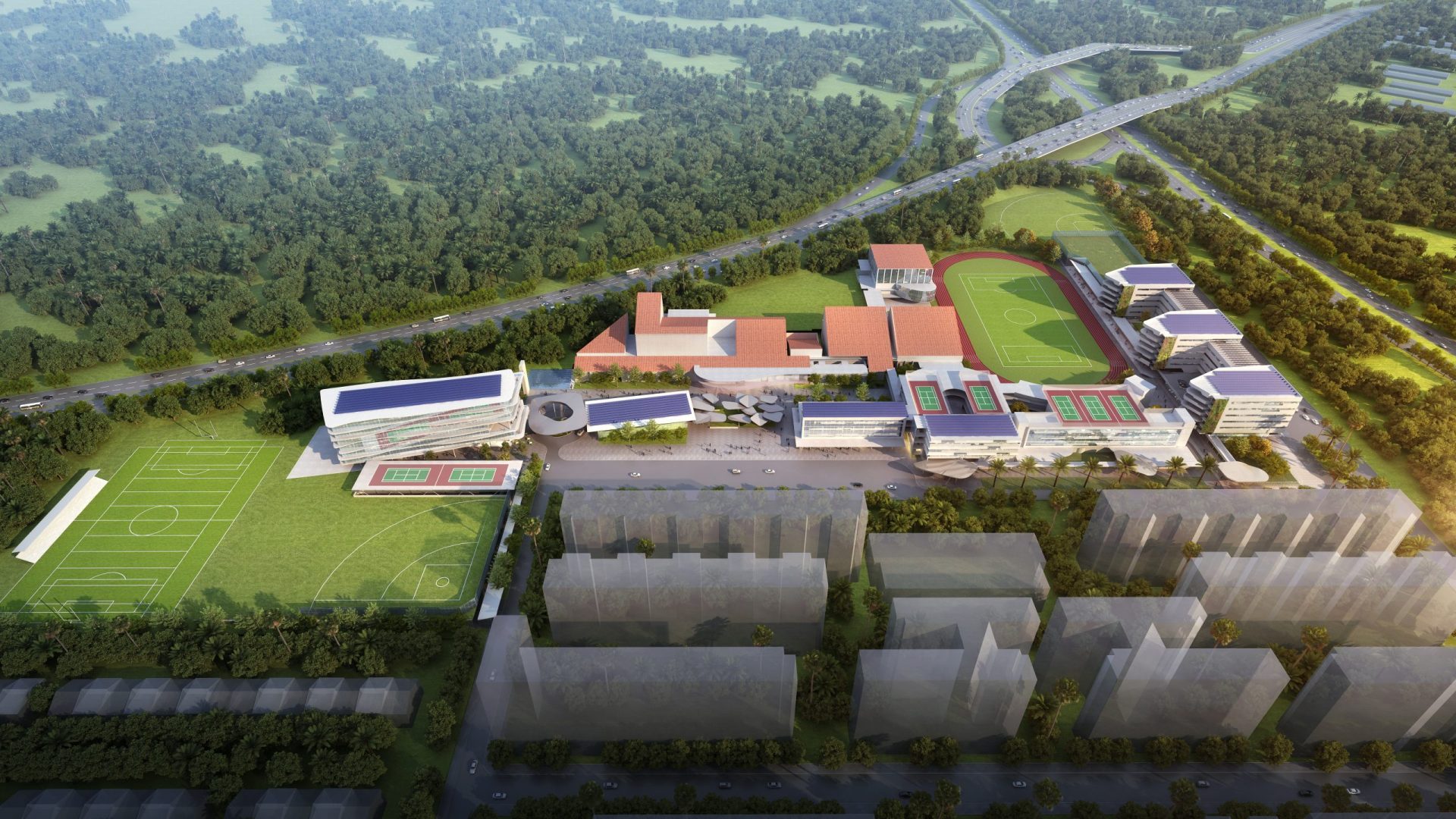At many of the world’s top schools, the incentive to maintain the status quo often overrides the incentive to embrace change. Why alter programs when students are already performing well?
Singapore is a global hub for education, finance, innovation, manufacturing, and technology. The city-state’s schools are considered the best in the world, and students in Singapore consistently rank at the top in international assessments. At Singapore American School (SAS), one of the premier international schools in the region, and the largest on the island, there was little incentive to change. But school leaders recognized that the world is changing rapidly, and so teaching and learning must continue to evolve to produce “exceptional thinkers prepared for the future.”
SAS wanted greater flexibility in the learning environment to support its vision for teaching and learning, but like many schools was struggling to communicate the why to parents and teachers; to explain how space might improve learning, and what the learning environment would be like. As a high performing school, the risks of change seemed too great. “How do we know this is the right direction? How do we know it will work?”









